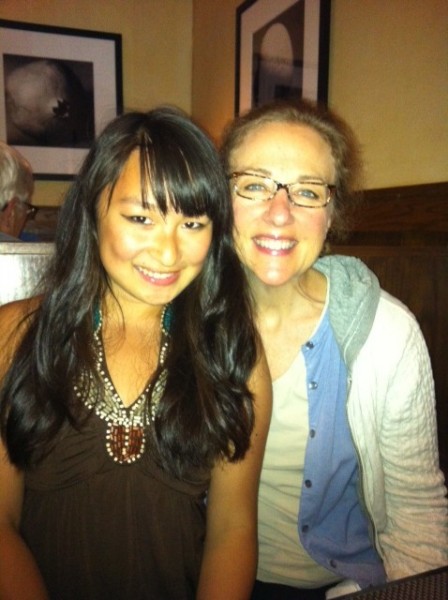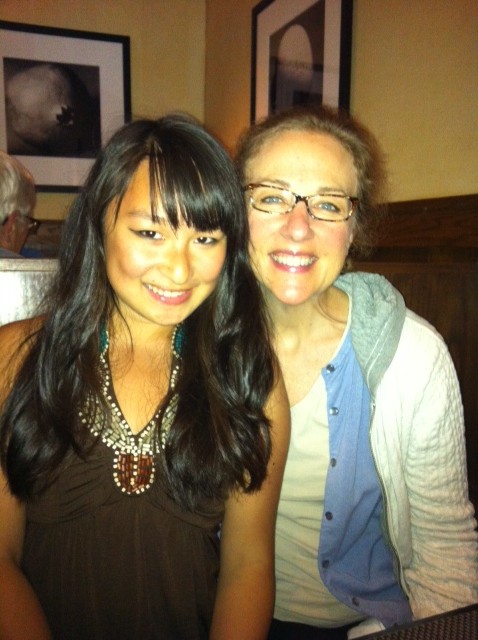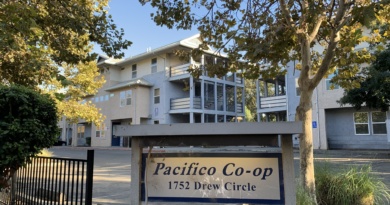DIVERSITY: Transracial adoptees caught between cultures

with her mother, Patty Shade.
By Ellen Finn,
HUB Correspondent–Abby Shade enjoys hanging out with her friends, going to Zumba classes, and listening to music. She is a typical Davis teenager, but she has one quality that most other teens don’t have: she was born in China and adopted by white parents.
“I don’t identify with Chinese American culture… it’s weird because I don’t feel like I belong with Asian culture or white culture,” said Shade, a sophomore at Da Vinci Charter Academy.
“Obviously I look Asian but I feel like I’m white because of the way I was raised.”
Children adopted by parents who are different races than them are called transracials, and they have been known to struggle with racial identity.
Today, approximately 40 percent of adoptions in America are transracial, according to the US Department of Health and Human Services — and that number is growing.
“It is hard for me to identify with race,” Davis High sophomore Alex Philips said. Philips was adopted by a white mother and Indian father. “Since I was adopted at birth, I don’t know exactly what I am.”
Others hardly question their transraciality. “When I was younger I would forget I was Asian… I would be confused (when people said things about my race),” Davis High sophomore Bryanne Potoski said. “What matters most is who you are as a person, not the color of your skin, anyway.”
There is one thing many transracials share: they have plenty of stories of misunderstanding and misconception when it comes to their families.
“People will think that I’m not with my parents, so when we’re paying for something, they’ll try to charge me,” Shade said. “My parents will come and say ‘Oh, she’s with us,’ and that is usually a surprise to people.” Shade also said that stereotypes are often assigned to her before people even really meet her.
“Some people assume that I speak Chinese, and sometimes when I’m out, random Asian people will try and talk to me in their language… and I’m like, ‘Oh, awkward, I don’t know what you’re saying’ but I find it pretty funny,” Potoski said.
In a study titled “Being Raised by White People,” by Gina Samuels, an assistant professor of sociology at the University of Chicago, she says that while teaching acceptance of all races to transracial children is the right way to go, ignoring race is not.
Teaching ignorance of race, or “colorblindness,” to transracial children may seem to foster equality, but does not prepare them for the real world, Samuel says. Whether it is acceptable or not, others see differences in race and will not ignore them. Research shows that children raised “colorblind” have emerged more confused about identity. Their colorblindness created discordance rather than unity.
“[Colorblindness] reflects maybe how [the families] hope the world will be someday,” Samuels said. “But what this often ends up doing is having children [enter] the real world unprepared.”
Many transracial adoption parents take action to step away from what Samuel dubs “colorblindness” and introduce their children to their heritage’s culture.
For example, Shade took Chinese classes as a child, where she learned some language and plenty of culture.
Cultural identity can still be a balancing act even for families that take this integration approach, according to Shade.
“Sometimes I still feel like I’m in limbo between two cultures,” she said.




